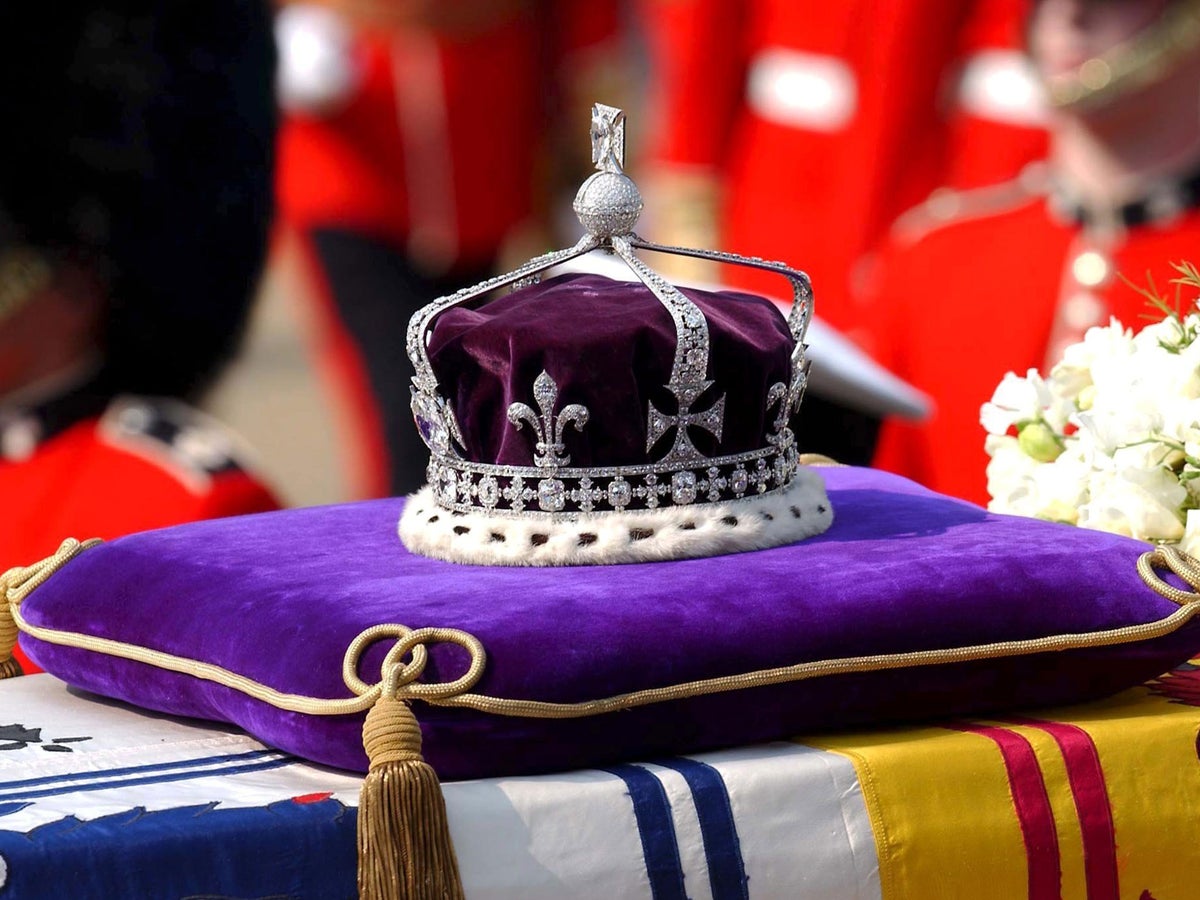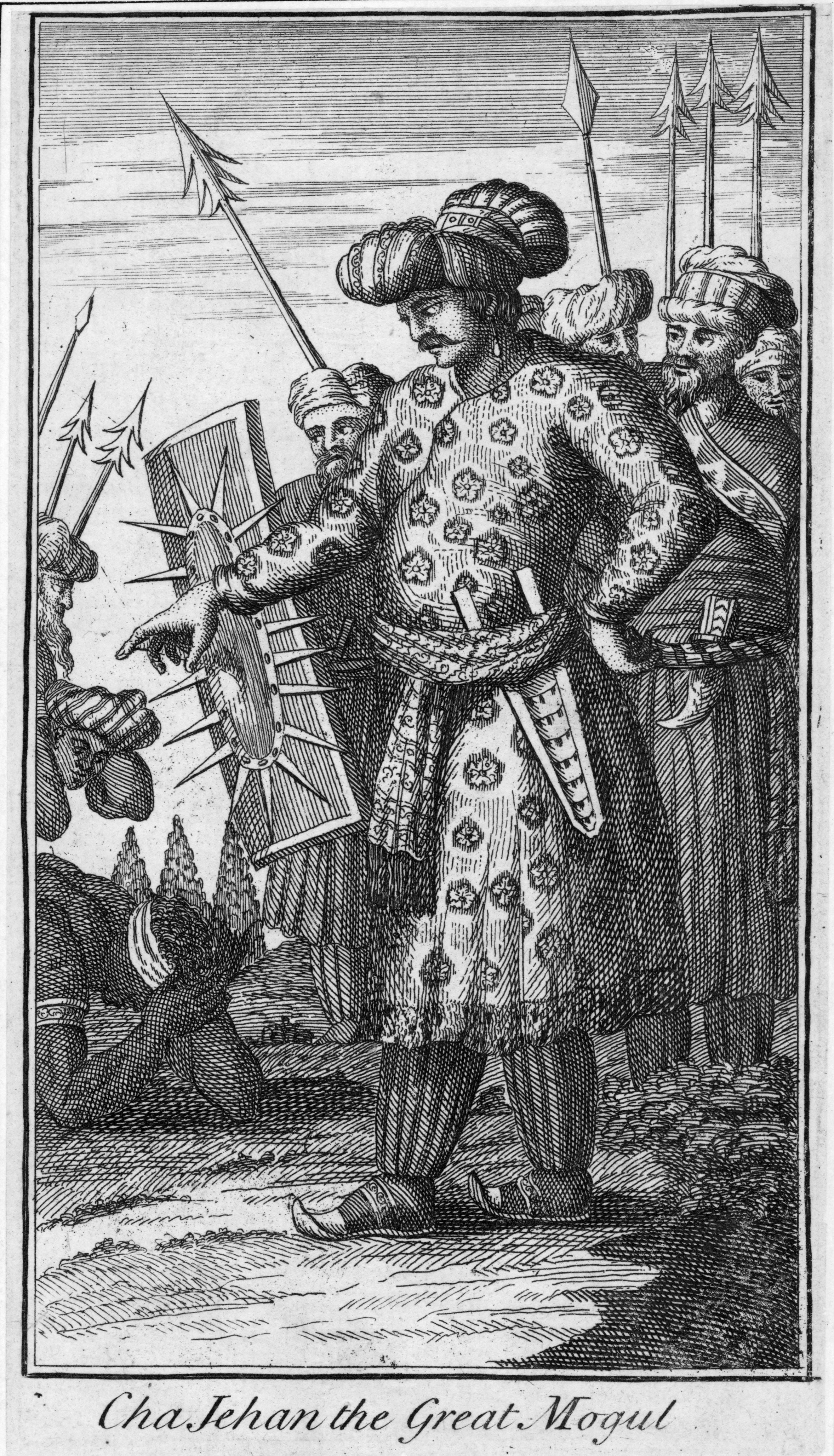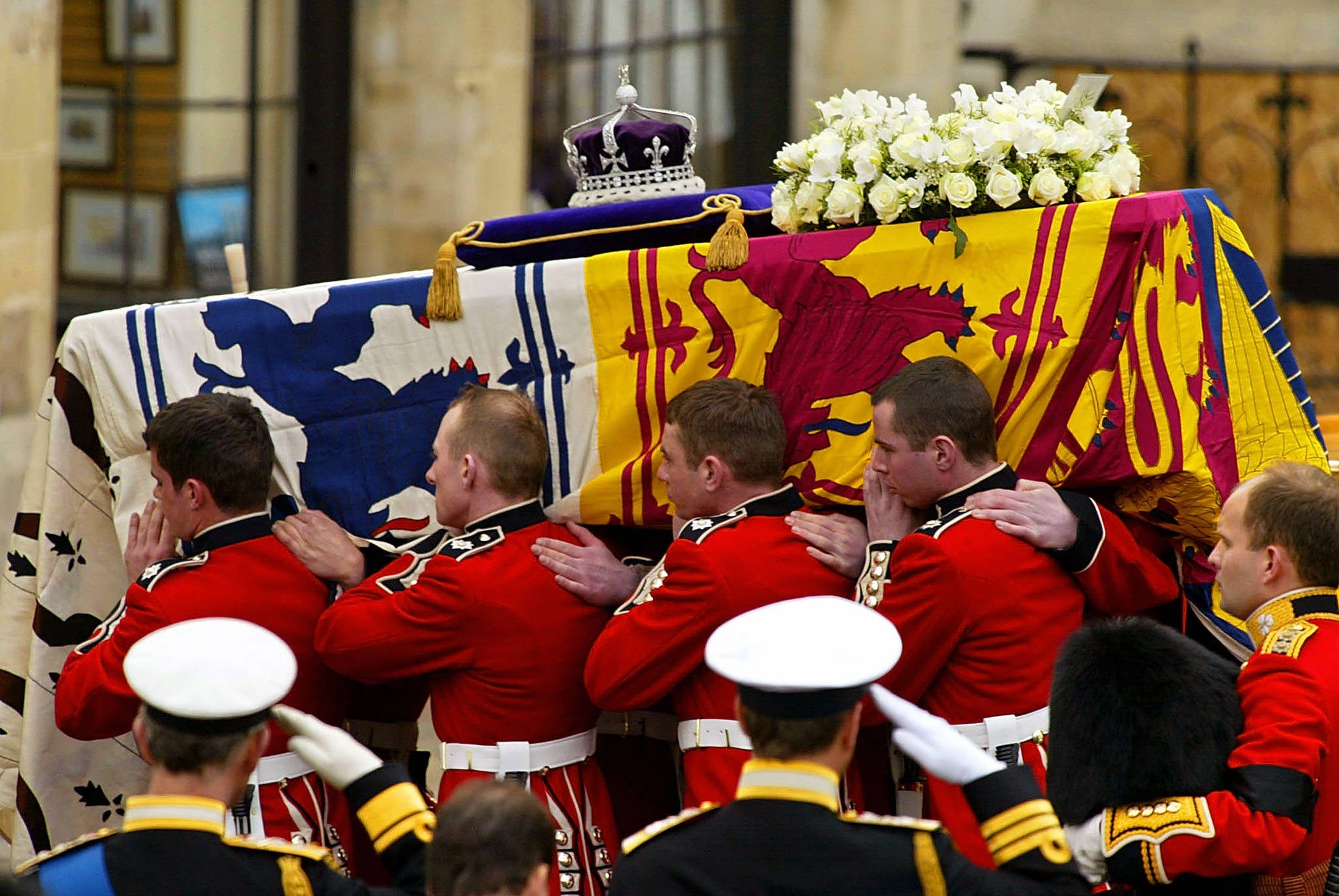
The Queen Consort will wear Queen Mary’s crown at her and King Charles III’s coronation this spring, but steer clear of the contentious Koh-i-noor diamond, it has been confirmed.
The crown has been removed from display at the Tower of London to undergo modification work ahead of the event in May.
Instead of the original Koh-i-noor diamond or any replicas, Camilla has opted to have the Cullinan III, IV and V diamonds inserted to pay tribute to the late Queen Elizabeth II.
In 1911, the Koh-i-noor diamond was set in a cross at the front of Queen Mary’s crown. It was later replaced by a replica in 1937 when the huge diamond was moved to the Queen Mother’s crown for her and King George VI’s coronation.
Camilla’s choice of crown makes her the first consort since the 18th century to reuse a crown at a coronation. But it also departs from initial speculation that she would wear the Queen Mother’s crown at the ceremony at Westminster Abbey, which is set to take place on 6 May.
The Queen Mother’s crown, which also features a purple velvet cap and ermine trim, was made in 1937 for Queen Elizabeth, consort of King George VI, to be worn on her husband’s coronation on 12 May 1937.

It is laden with 2,800 diamonds set into its platinum frame. The band comprises of alternating clusters of diamonds forming crosses and rectangles, bordered by single rows of brilliant-cut diamonds.
The crown also features large diamonds, including one given to Queen Victoria in 1856 by the Sultan of Turkey.
But the most controversial diamond is the Koh-i-Noor diamond, which is set into the front cross of the crown in a detachable platinum mount.
The Koh-i-Noor diamond was mined in India and is one of the largest-cut diamonds in the world, weighing 105.6 carats (21.12g). It is part of the British Crown Jewels.
The first written record of the Koh-i-Noor diamond appears in 1628, during the Mughal Empire. The diamond was set into Mughal ruler Shah Jahan’s Peacock Throne, alongside the Timur Ruby.

It was later acquired by Persian ruler Nader Shah when he invaded Delhi in 1739 and looted the city of tonnes of treasure, including the Peacock Throne.
The Koh-i-Noor diamond continued to be passed between various rulers in Central Asia, eventually ending up in the hands of Sikh ruler Ranjit Singh in 1813, according to historians Anita Anand and William Dalrymple’s book, Koh-i-Noor: The History of the World’s Most Infamous Diamond.
Singh returned the diamond to India and died in 1839. By this time, the British East India Company had expanded its control throughout the Indian subcontinent and had its eyes set on the Koh-i-Noor diamond, as possession of it would be a symbol of “power and colonial superiority”.
However, it was not until 1849 that the British were able to get their hands on the coveted stone. During this time, they had imprisoned Rani Jindan, the youngest wife of Singh and mother of the last Maharaja, her 10-year-old son Duleep Singh.
Following years of violence, she and her son found themselves to be the only people left in line for the Punjabi throne.

According to Anand and Dalrymple, the British forced Duleep to sign a legal document that amended the Treaty of Lahore. Signing it meant Duleep would give up ownership of the Koh-i-Noor to the British and all claim to sovereignty.
This is how the diamond came into possession of Queen Victoria. It went on display at the 1851 Great Exposition in London, although people were unimpressed at it simplicity.
In response, Victoria’s husband, Prince Albert, had the Koh-i-Noor recut and polished. In the process, it became much smaller – reduced by half – but shone more brilliantly.
The stone was worn as a brooch by Victoria, but was later set in the crown of Queen Alexandra, the wife of Edward VII, and then in the crown of Queen Mary, the wife of George V. It was then reset into the crown of the Queen Mother.
The Queen Mother’s crown was placed on top of her coffin for her lying-in-state and funeral in 2002. Since then, it has resided on public display in the Crown Jewels exhibit in the Tower of London.
The Koh-i-noor diamond is believed to be worth between US$140 million to US$400 million, but its true value is unknown and it has been said it is priceless.
The Indian government has demanded that the British return the Koh-i-Noor diamond to them several times over the years after the country gained independence in 1947.
Its most recent request was made in 2016, when it said it would make every effort to bring back the diamond.

The royal palaces website makes no mention of disputes around ownership of the diamond, saying only that the diamond is “steeped in myth and anecdote”.
A description of the Koh-i-Noor reads: “Discovered in 15th-century India, it was passed from ill-fated male hand to hand, until it earned a reputation of bringing bad luck to men. It was presented to Queen Victoria in 1849.”
Anand told the Smithsonian Magazine in 2017 that the Crown Jewels exhibit should make its history clearer.
“What I would dearly love is for there to be a really clear sign by the exhibit. People are taught this was a gift from India to Britain. I would like the correct history to be put by the diamond,” she said.







